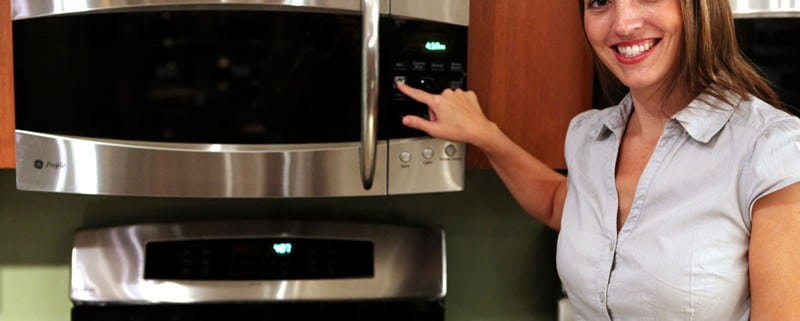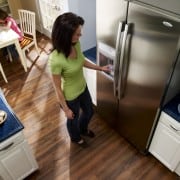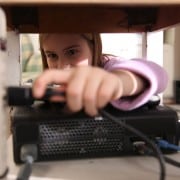Cool recipes for hot kitchens
By B. Denise Hawkins
Just because it’s hot outside, you don’t have to stay out of the kitchen. Think beyond the backyard grill. And don’t limit your summer fare to tossed salad and cold sandwiches when you want to keep the indoors comfortable, the oven off and energy costs down. With a little time, creativity and a few small appliances, you can save on your utility bill and still stay cool.
The U.S. Department of Energy estimates that cooking alone accounts for 4 percent of total home energy use; and this figure doesn’t include the energy costs associated with refrigeration, hot water heating and dishwashing.
While the thought of turning on the oven in July can be enough to make you sweat, electric ones can be an advantage during the summer months. Many professional cooks prefer electric ovens to gas for their ability to hold more even heat. Electric stoves are also more energy efficient because they don’t introduce extra moisture into your home when turned on, which can make your air conditioner work harder to cool and drive up energy use and cost.
In winter, the heat and humidity that builds up when cooking in the kitchen can also warm other parts of the home while reducing the heating load on your furnace or heat pump. During the summer months, though, there are still ways to use your oven more efficiently. When baking bread, cakes or any foods that require browning and rising, consider limiting the time spent on pre-heating. If your oven comes with a display that counts down the pre-heating time, use it.
Try these other kitchen tools and energy saving tips to keep you cool:
- Turn on the microwave. They can provide the most efficient way to cook single food items without the heat. They also use lower wattage to operate and can cut cook time in half.
- Reach for small appliances. Don’t forget about some of summer’s best go-to kitchen appliances: toaster ovens, crock pots/slow cookers and pressure cookers. These handy appliances use less energy and generate less heat than a standard oven.
- Use fans. Ceiling fans can be useful in the kitchen. They can reduce thermostat settings by 4°F and use much less energy than air conditioning. Even placing a ceiling fan in an adjoining dining area will help circulate the air and keep you more comfortable. But for maximum cooling using a fan, consider installing a whole-house fan or attic fan to keep the hot air moving up and out of your house.
- Hours of cooling. In most parts of the country, summer provides a little reprieve in the early morning and late evening. Take advantage of the lower temperatures or a summer breeze during these times to cook, bake, turn on the stove and to run the dishwasher.
- Regulate the dishwasher. When your summer meal is done and it’s time for cleanup, it’s fine to run the dishwasher. Did you know that it uses less water than washing dishes by hand? You can save even more money and energy by removing the dishes after the wash cycle and letting them air-dry and by running the dishwasher later in the evening during off-peak hours.
B. Denise Hawkins writes on consumer and cooperative affairs for the National Rural Electric Cooperative Association, the Arlington, Va.-based service arm of the nation’s 900-plus consumer-owned, not-for-profit electric cooperatives.










